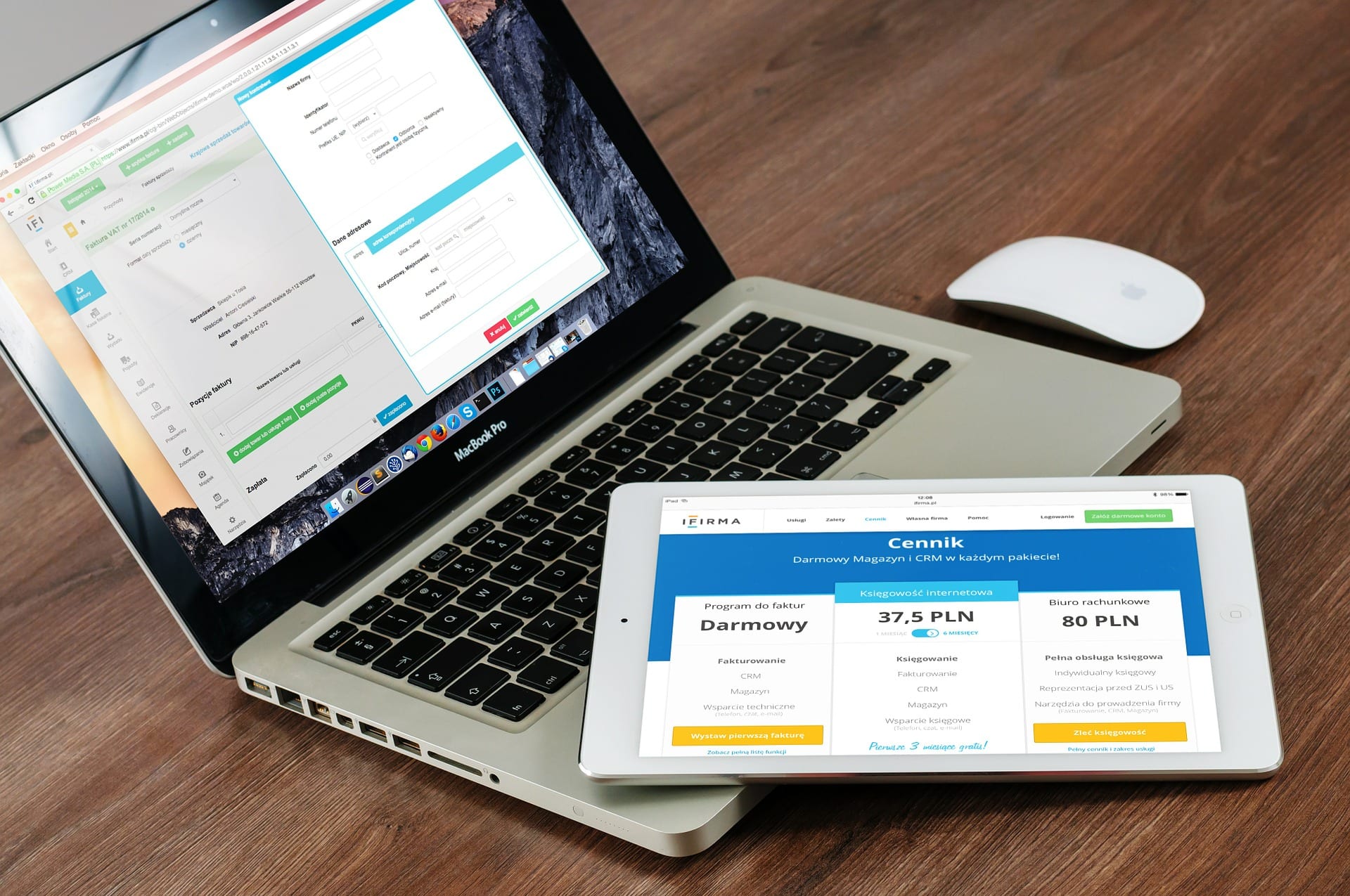
The speed of your website is everything. The faster your website, the more people viewing your page will appreciate it, and the more traffic you can generate. Optimizing the speed of your site can be easy. You don’t need to spend thousands of dollars upgrading the architecture or hosting. Instead, you can use some tools that are easily implemented to make your site as efficient as possible.
The first thing you can do is to look at your site’s performance. Google offers webmaster tools which can help you to gauge your site’s performance. There are graphs and charts that show you how much traffic your site gets, how long it takes the page to load, and how it compares to other sites on the internet. When you are looking at how the site compares to other sites online, if you see that your site performs better than 90% of the websites out there, you are doing pretty well and can then concentrate more on content for your site, rather than optimization.
But let’s say your site performs poorly compared to other sites on the web.
There are some tweaks you can implement which will help your site’s speed. To narrow down your website’s problems even further, visit Google Pagespeed. . Here you can actually see the different requests that are made by your browser of your web page. If for example. it takes the browser less than a second for the content of the site to be returned to the browser, but it takes 10 seconds to fully load all the images, many improvements can be made to make your site faster.

One thing you can do is to improve the caching on your site. Caching refers to the idea that after the initial visit to a website, the browser will store essential data into its cache. You can increase caching by changing some simple code in your HTML. Consult your hosting site on how to better increase the way your page is caching data because every site is different. By increasing the cache, you can increase load time by tenfold. How fast do you need your site to be? Studies have shown that pages that do not load in under 2 seconds negatively influenced viewer perceptions of the website. These effects were persistent also, as when a page’s speed increased, the users still did not come back regularly.
A final thing you can do is to implement progressive rendering to your site. Progressive rendering makes a browser display content as soon as it receives it as opposed to displaying content after everything has been downloaded. This is important because it provides users with visible feedback that lets them know that something is working. In order to do this, place style sheets at the top of the page, which will allow the browser to start displaying content immediately.
By checking out the competition, seeing how your website performs, and implementing a few tweaks to your website’s code, you can have a faster site in no time. Not only will your users be happy, but you will be also with increased traffic and lower operating costs.



